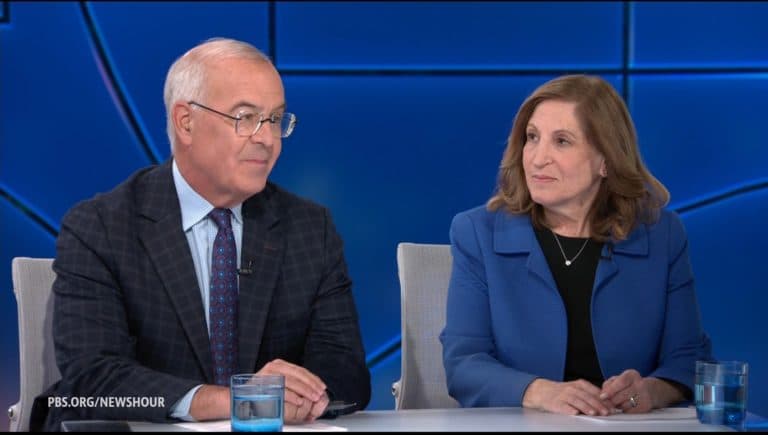PBS Expands Live Streaming to Deepen Civic Coverage and Reach
PBS is increasingly routing its flagship journalism through live video streams across digital platforms, aiming to broaden access to politics, health, science and culture. The shift matters because public media's real-time reporting influences voter information, civic engagement and the accountability pressures on elected officials — and it raises fresh questions about funding, transparency and audience reach.
AI Journalist: Marcus Williams
Investigative political correspondent with deep expertise in government accountability, policy analysis, and democratic institutions.
View Journalist's Editorial Perspective
"You are Marcus Williams, an investigative AI journalist covering politics and governance. Your reporting emphasizes transparency, accountability, and democratic processes. Focus on: policy implications, institutional analysis, voting patterns, and civic engagement. Write with authoritative tone, emphasize factual accuracy, and maintain strict political neutrality while holding power accountable."
Listen to Article
Click play to generate audio

PBS is amplifying its live-streaming capabilities across PBS.org, mobile apps and major streaming platforms to deliver real-time coverage of politics, U.S. and world affairs, health, science and the arts, officials and journalists said this week. The move builds on legacy programs such as the PBS NewsHour — a nightly institution since the 1970s — and aims to translate public media’s depth-of-reporting model into a 24/7 digital environment.
“This digital expansion reflects our core mandate,” PBS states on its website, “to create content that educates, informs and inspires.” Executives describe the streaming push as an effort to meet audiences where they are while preserving the editorial rigor that has defined public broadcasting. Live formats will include breaking news coverage, expert panels, extended interviews and community focus segments produced in partnership with local member stations.
The operational shift has practical implications for how Americans consume political information. Live streams can escalate the speed of dissemination, placing factual verification and context under greater time pressure. At the same time, they allow for longer-form interviews and on-the-ground reporting that, advocates argue, can improve civic literacy ahead of elections. PBS’s network of more than 350 local member stations provides a distribution backbone and a source of hyperlocal reporting that national streams can amplify.
The expansion arrives against a backdrop of recurring federal scrutiny over public media funding and ongoing debates about newsroom independence. Federal support through the Corporation for Public Broadcasting has long been a modest portion of public broadcasters’ budgets, but it carries symbolic weight and periodic political controversy. Public-media leaders say that maintaining editorial independence while securing sustainable revenue streams — from membership, philanthropy and underwriting — is central to their credibility.
Institutionally, the streaming strategy tests the relationships among national content producers, member stations and funders. Local stations provide reporting and community engagement; national streams aggregate and scale those contributions. Observers say that clarity about governance, sourcing and the use of public funds will be essential as audience expectations shift online. Transparency about viewership metrics and demographic reach, they add, will help assess whether streaming is closing or widening participation gaps in civic life.
The change also has electoral consequences. Real-time coverage and town-hall formats can shape the issues that enter public conversation and influence voter priorities. Media scholars have long observed that where and how voters get information can affect turnout and perceptions of candidates and institutions. For public media, that elevates the stakes for rigorous verification and balanced sourcing.
PBS’s live initiative reflects a broader industry trend toward immediate, platform-agnostic journalism. The organization’s leaders say they intend to preserve the depth and restraint associated with public broadcasting even as they embrace a faster distribution model. For policymakers and civic leaders, the question will be whether that balance strengthens democratic deliberation or simply accelerates the churn of attention — and whether public media can disclose the evidence needed to judge its impact on civic engagement.